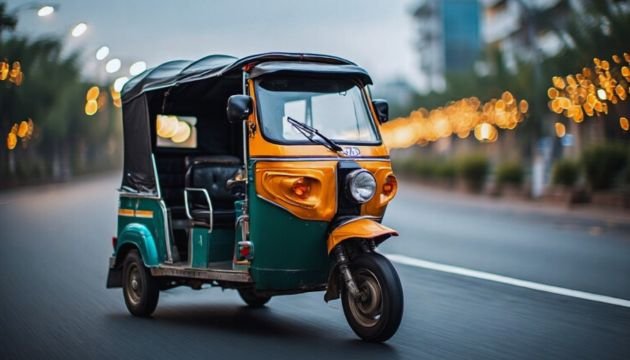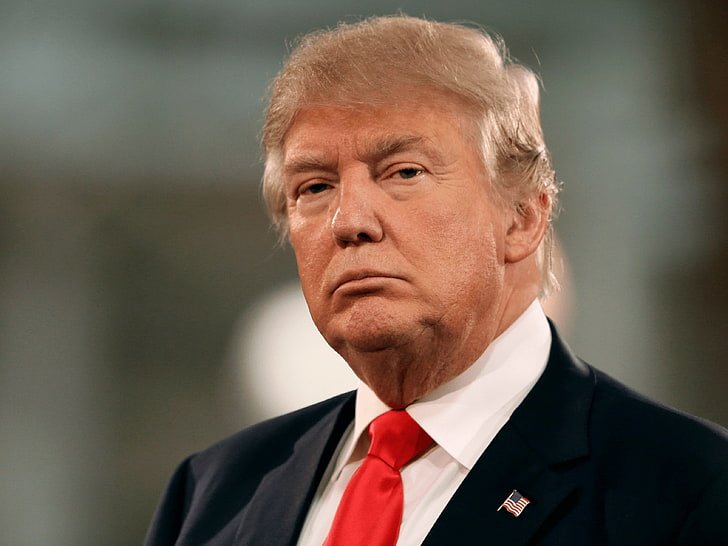Karachi Commissioner Imposes Two-Month Ban on Rickshaws Across 20 Major Roads to Combat Traffic Congestion
Karachi, June 2025 — In a bold and controversial move aimed at improving traffic flow across Pakistan’s largest city, the Karachi Commissioner’s office has announced a two-month ban on both 3-seater and 5-seater rickshaws from operating on 20 of the city’s most critical and high-traffic roads. The step, recommended by the Deputy Inspector General (DIG) of Traffic, has been taken as part of a broader strategy to ease traffic bottlenecks that have long frustrated commuters and hindered commercial activity.
A notification issued by the Commissioner clearly outlines the scope and enforcement measures of this temporary ban. Traffic police across the metropolis have been given full authority to ensure strict compliance, and violators will face penalties in accordance with traffic laws.
This decision has sparked a wave of reactions — from support among private vehicle owners and traffic planners to serious concerns among rickshaw drivers, laborers, and citizens who rely on these three-wheeled vehicles for daily travel.
The Roads Under Restriction
According to the official notification, the ban covers some of the busiest roads in Karachi — routes that are not only vital for daily commuters but also crucial for businesses, educational institutions, and healthcare access. Below is a detailed list of some of the major roads and areas where rickshaws are no longer allowed to operate:
1. Shahrah-e-Faisal
-
Banned Section: From Avari Signal to Madam Apartments
-
Importance: This is one of the most prominent roads in the city, connecting the airport to the central business district and residential areas. It often witnesses massive traffic jams, especially during peak office hours.
2. II Chundrigar Road
-
Banned Section: From Tower to Shaheen Complex
-
Importance: Known as the “Wall Street of Pakistan,” this road houses the headquarters of major banks, financial institutions, and corporate offices. Congestion on this road has been a long-standing issue.
3. Shahrah-e-Quaideen
-
Banned Section: From Numaish Chowrangi to Nursery
-
Importance: A crucial connector between central Karachi and major neighborhoods like PECHS and Bahadurabad.
4. University Road
-
Banned Section: From Safoora Goth to Jail Chowrangi
-
Importance: This route serves as a corridor for students, professionals, and patients heading to universities, schools, and hospitals.
5. Rashid Minhas Road
-
Banned Section: From Drug Road to Sohrab Goth
-
Importance: A major highway-like road that serves as a northern artery into the city, heavily used by both private and public transport.
6. Korangi Industrial Area
-
Banned Section: From FTC to Korangi Crossing
-
Importance: This area hosts hundreds of factories, and rickshaws are widely used by factory workers. The ban could severely impact their daily commute.
7. Other Key Zones
-
Millennium Mall to New Town Police Station
-
Areas surrounding Abdullah Shah Ghazi’s Mazar
-
Hassan Square
-
Jail Chowrangi
-
Quaidabad
-
Saddar (Central Market Area)
-
SITE Industrial Zone
These routes have been identified as congestion hotspots, where the presence of slow-moving rickshaws often creates choke points, especially during school timings, office hours, and market peaks.
Why the Ban Was Imposed
The rickshaw ban is not an isolated or impulsive move. It comes after months of analysis and feedback from traffic police, urban planners, and public complaints. The DIG Traffic submitted a formal report to the Commissioner’s office, highlighting the negative impact of rickshaws on traffic management.
Key Reasons Cited:
-
Slow Movement: Rickshaws tend to move at lower speeds, creating bottlenecks on roads designed for faster vehicular flow.
-
Road Occupancy: Despite their size, rickshaws often move in the middle of lanes and block overtaking, especially on two-lane roads.
-
Indiscipline: Many rickshaw drivers frequently violate traffic rules, such as stopping suddenly, taking U-turns, and overloading.
-
Air and Noise Pollution: Most older rickshaws contribute significantly to both noise and air pollution in densely populated areas.
The notification noted that managing traffic during peak hours has become increasingly difficult, and this step was necessary to regain some control over the city’s vehicular chaos.
Public Response and Controversy
While the ban has received some support, it has also triggered a wave of concern — especially among daily commuters, the working class, and rickshaw drivers who fear losing their livelihood.
Rickshaw Drivers’ Protest
In several areas of the city, rickshaw drivers have staged peaceful protests, calling the ban “unfair” and demanding alternatives. They argue that:
-
Their income will plummet during the two-month ban.
-
They provide essential last-mile connectivity, especially in areas not serviced by buses.
-
No compensation or alternatives have been provided by the government.
“We are not criminals. We are workers. This is how we feed our children,” said Ahmed Qureshi, a rickshaw driver operating in Saddar for 18 years. “If we are not allowed to work, what should we do?”
Many of them have demanded the introduction of dedicated lanes or time-based restrictions instead of a full ban.
Balochistan Makes Budget Worth Rs. 1,028 Billion
Read This Artical
Impact on Commuters
Daily commuters are also feeling the heat. Rickshaws are one of the most affordable and widely accessible forms of transport in Karachi. With this ban in place, many people who rely on rickshaws to travel short distances or reach bus terminals may face increased travel time and costs.
Concerns Raised by Citizens:
-
Students fear missing classes due to limited transport options.
-
Factory workers are worried about their ability to reach workplaces on time.
-
Households that use rickshaws for quick errands are now struggling to find convenient options.
While the government has encouraged the use of public buses and other alternatives, the supply-demand mismatch is already becoming evident.
Authorities’ Assurances and Plans
To address public concerns, officials have stated that the ban is temporary and will be reviewed after two months. They have also asked traffic police to:
-
Guide commuters toward alternative transport
-
Manage traffic efficiently to prevent chaos during transition
-
Avoid unnecessary harassment of rickshaw drivers
According to a spokesperson for the Karachi Commissioner, “This decision was taken purely for the betterment of the city’s traffic system. We will re-evaluate the impact and adjust accordingly after two months.”
In the meantime, the Sindh Transport Department is also considering:
-
Launching more buses on affected routes
-
Introducing ride-sharing vans at subsidized rates
-
Conducting a detailed traffic impact survey
Long-Term Solutions Being Explored
While this move might offer short-term relief, experts believe that Karachi needs a long-term traffic solution, not just ad hoc bans. Suggestions include:
-
Developing a reliable mass transit system, such as metro lines and Bus Rapid Transit (BRT) expansion
-
Digitizing traffic monitoring systems for real-time updates
-
Upgrading rickshaws to eco-friendly, low-emission models
-
Issuing proper route licenses to rickshaws to avoid route overlaps and chaos
Urban planning experts have warned that bans alone will not solve the problem unless paired with infrastructure upgrades, better public transport, and city-wide planning.
Conclusion
The Karachi rickshaw ban marks a significant turning point in how the city tackles its long-standing traffic problems. While the intention behind the move — easing congestion and improving traffic safety — is widely appreciated, its implementation and social impact remain controversial.
For a city as complex as Karachi, striking the right balance between regulation and compassion is crucial. The coming weeks will reveal whether this measure brings meaningful change or if it creates more problems than it solves.
As the two-month countdown begins, all eyes are now on how effectively the city adapts — and whether this controversial ban becomes a step toward sustainable traffic reform or just another temporary patch on a broken system.




